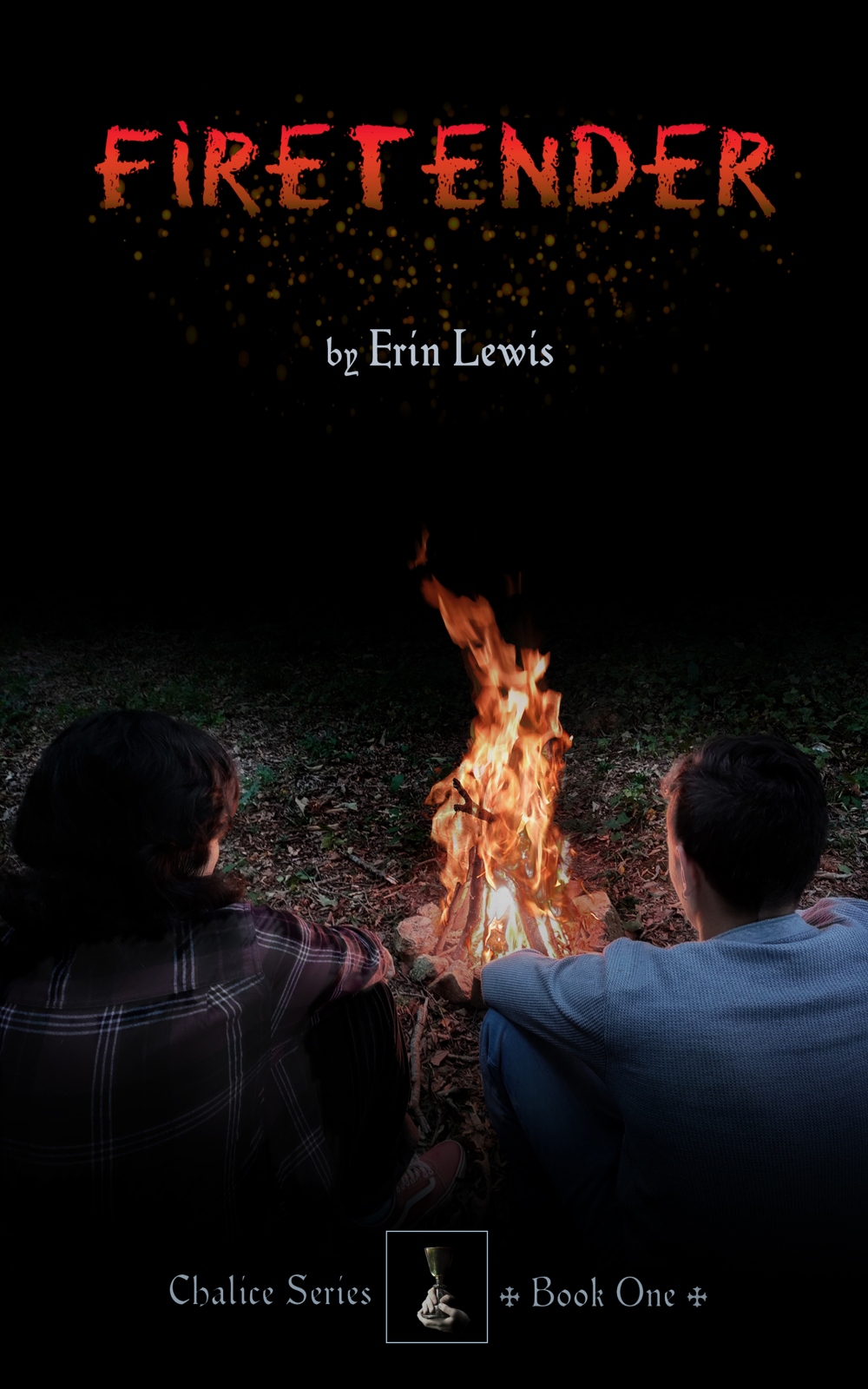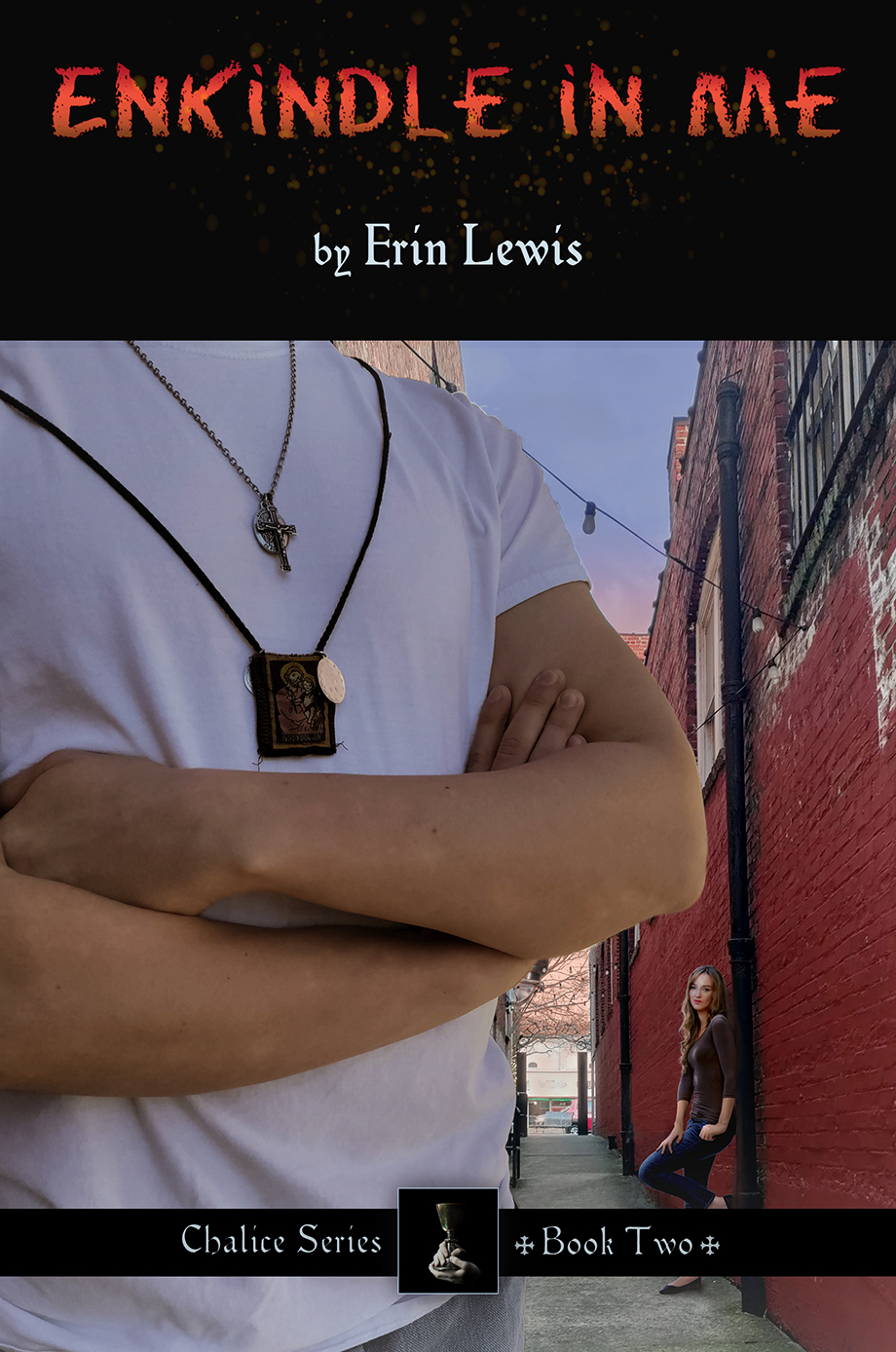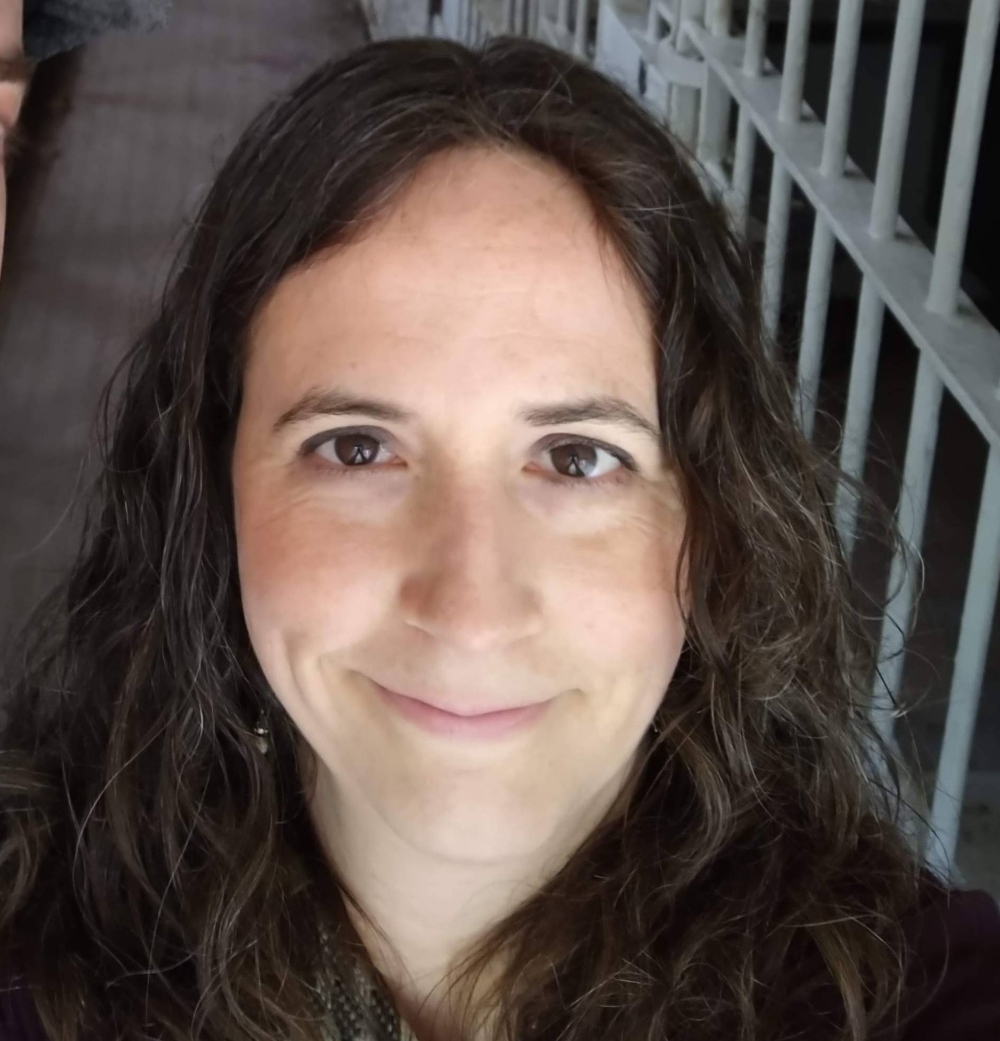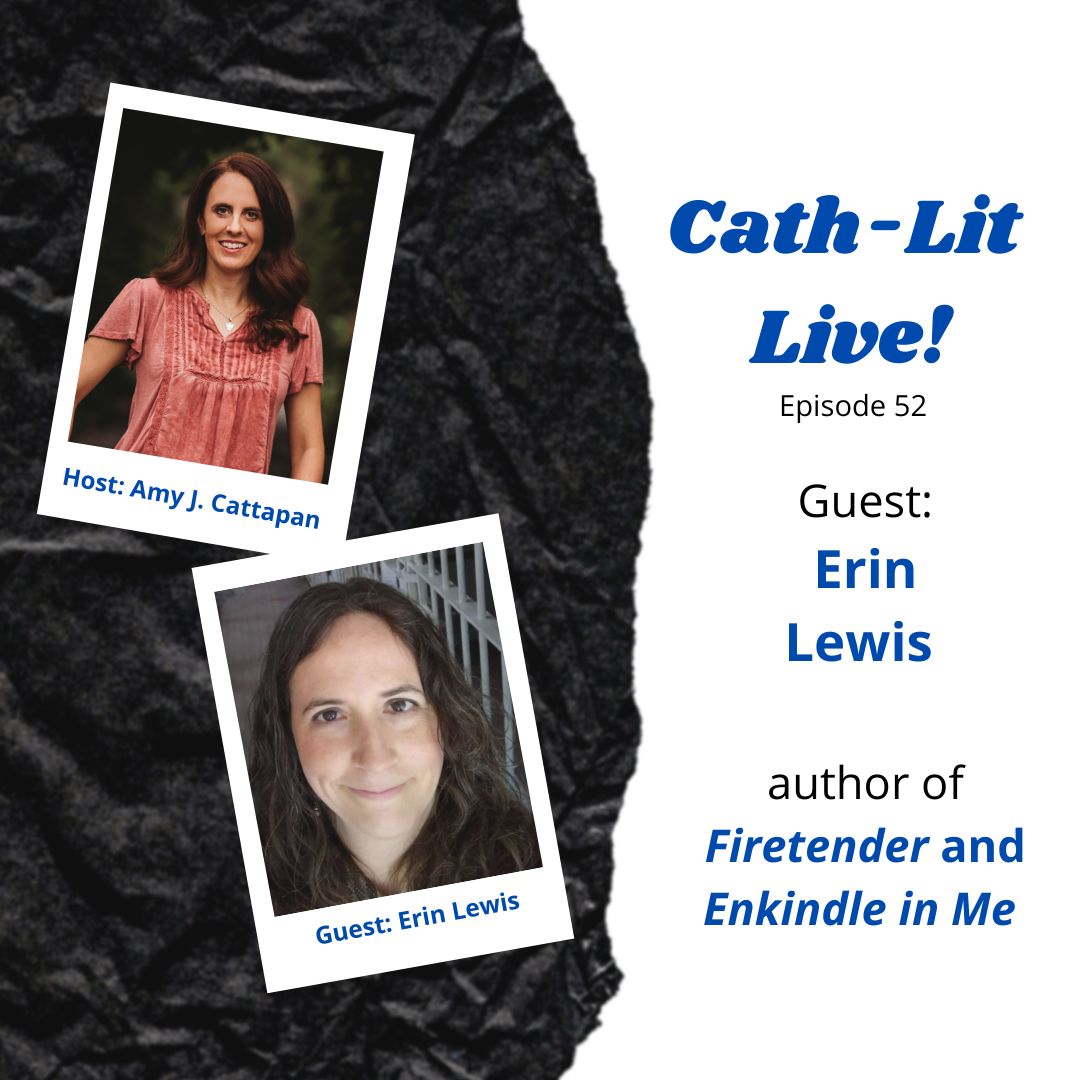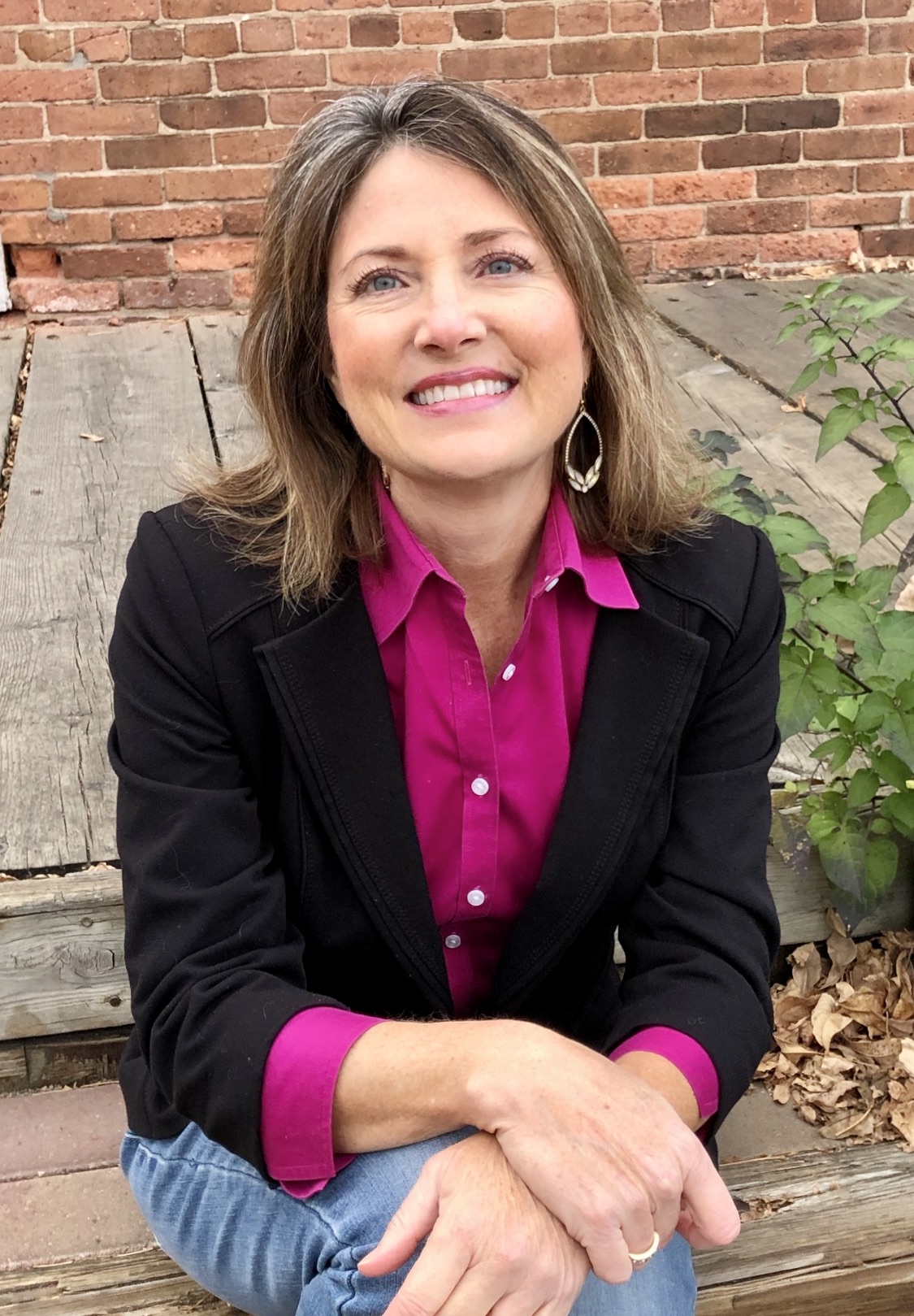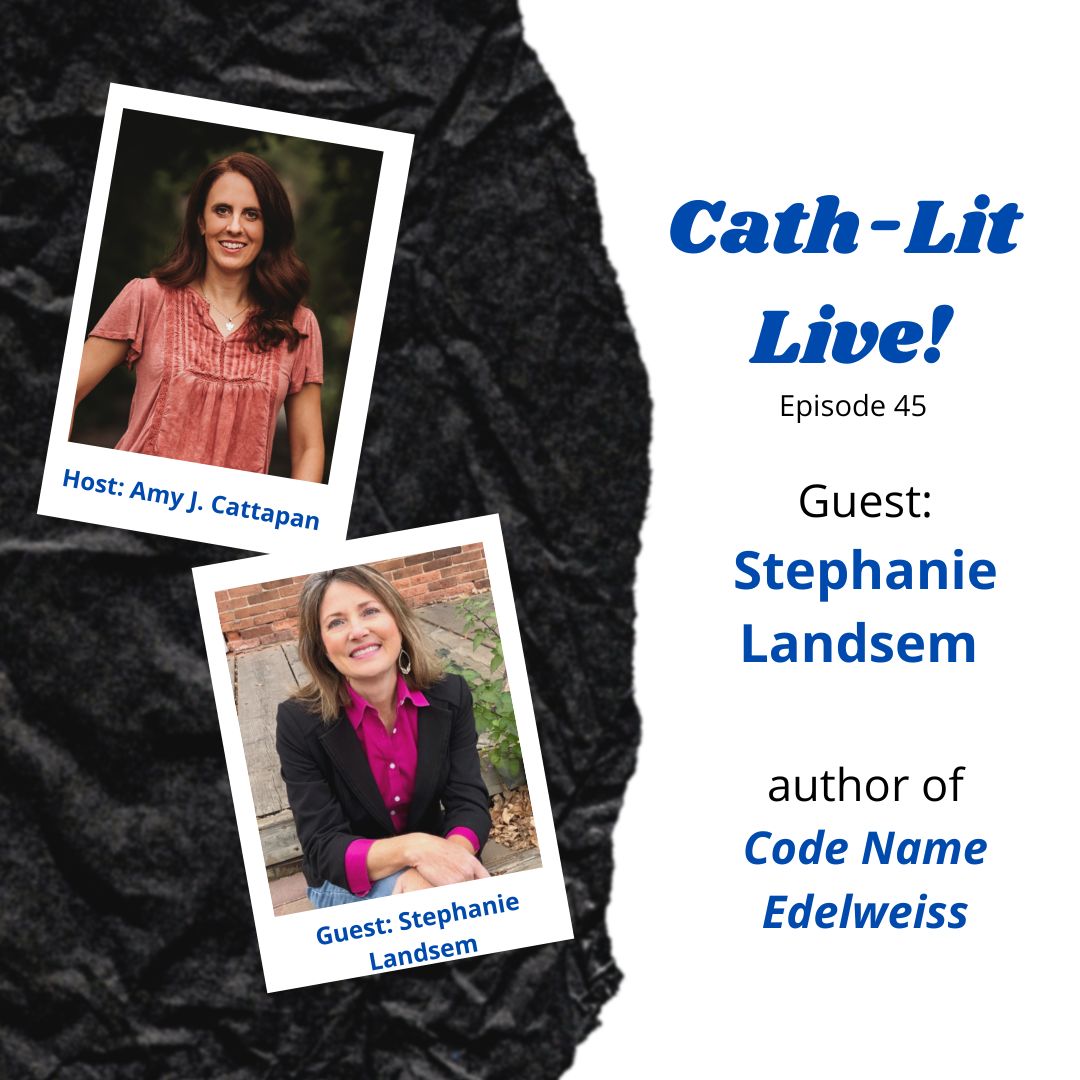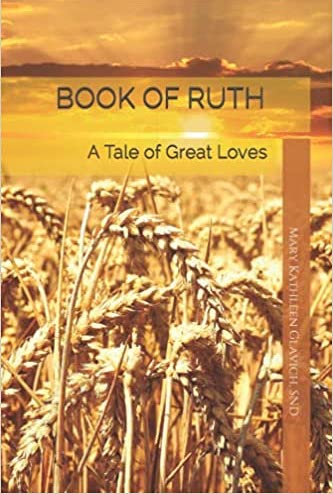A short story inspired by true events

It was 6:00 A.M., and she was exhausted. She stood there unblinking, looking into the mirror at the person staring back at her. Running her hands through her tousled, just-got-out-of-bed hair, she sighed deeply. She leaned forward, stared some more, and said to herself, “Oh my God, Sharon, you look just awful.”
She had to leave by 6:30, so she hurriedly washed her face, brushed her teeth, and tried to create some order with her hair. She had worked 22 days straight since Thanksgiving, and today would be the last day before the holiday. It was Christmas Eve, and there was still much to do, including getting a Christmas tree.
As Sharon, a meter reader and installer for the local utility company, pulled on her work shoes, a soft voice came from behind. It was her youngest, 6-year-old Joey. She turned, and he said, “Mommy, Santa can’t come here tonight.”
She was somewhat stunned by the unexpected comment. “Joey, why would you think that? Of course he can come here.”
“But we have no Christmas tree. Can’t you stay home from work and get us a tree?”
They had kept asking, and she had kept promising, and it was always “later” or “tomorrow,” and now, just like that, time was up. She turned and held out her arms to her boy. “Come over here, “ she said.
He ran over, and she hugged him. She looked into his nervous eyes and said, “Don’t worry Joey, I only have to work a little while today, and then I will get the tree. I will have it when I get home from work. Then we will all decorate it, and Santa will have a tree to put the toys under. Don’t worry.”
Oozing innocence, he simply looked at her and believed it would be so. “Okay, Mommy.”
She stood up and said, “C’mon, sweetie. Let’s get you back in bed. I will tell April you are awake.”
“No need, mom. I’m up. C’mon with me, Joey. We can watch some TV.”
It was her 12-year-old son, Alvin. She turned and smiled at him. “Thanks, hon. They promised us we would be home early. Say a prayer it actually happens.”
“Mom, what about a tree?”
“Alvin, I know, I know. I promised Joey, and I promise you, we will have a tree. Don’t worry. These last 20 days just seem to have run together, and — don’t worry, we will have a tree.”
It was about 6:50 when she pulled into the loading dock area to pick up her assignments and needed materials. The parking lot was already empty of the work trucks as all the crews had left for their assigned destinations. Sitting in her vehicle, she took out her rosary and held it tightly. Prayer had brought this single mom and devout Catholic through some, lonely, harsh, and scary days after her husband had walked away from her and the children. She blessed herself and began to pray.
She was quietly asking the Blessed Virgin to allow Christmas Eve to go smoothly and for her to be able to get a tree when a tap on her window startled her. She turned to see her field supervisor, Herb Guerin, standing there. She rolled down the window, “Hi Herb, what do you have for me today?”
“Here you go, Sharon.” As he handed her the work orders he said, “I’m sorry, but I have to dump two more on you. They just came in but they are right next to each other, so it should go quick.”
“Please, Herb, I still have to get a Christmas tree. Can’t you get someone else? My 6-year-old is thinking that Santa won’t come to our house. I have to get a tree.”
“Look, I understand. But this is about five minutes away from where you are going. A transformer blew up, and 1400 homes are without power. That could be more than 4000 people. It is Christmas Eve, and they need their power. The line crew is on-site but there are two new meters we need installed. You should be able to squeeze that in, don’t you think? Those people are counting on us to get their power on.”
“Okay, Herb, okay. What are the addresses?” He handed her the add-ons, and they wished each other Merry Christmas. She drove away, fingering her rosary beads. That proved more soothing for her than a cup of morning coffee.
Sharon had finished her regular assignments by noon and it should have been the end of her workday. But, as is the way of things, the transformer was not delivered until 2:00 P.M., and she could not install the new meters until after the transformer was replaced. It was 4:00 P.M. when she finally started for home.
Heading home, she kept looking for Christmas trees for sale. Even the seasonal tree lots that sold trees every year were empty. She had been confident that she would find a tree quickly. Now her confidence was being shattered. There were no trees anywhere. She thought a moment and then prayed, “St. Anthony, please help me find a tree for my kids.”
Sharon did not plan to go home until she had found a tree. But she had not eaten; she felt sick to her stomach and needed to stop by the house, which was only five minutes away. She thought she could just run inside, use the bathroom and simply “chill” for a few minutes. She looked at the clock; it read 5:35. A shiver ran down her spine.
She stepped from her van as Joey came running out of the house, “Hi Mommy, did you get our tree? Did you? Where is the tree? Where is the tree? You got the tree, right?”
Sharon took a deep breath and knew she should have found a tree before coming home. Looking upwards, she quickly and quietly prayed, “Dear God, I need Your help. Please.”
Just like that, April, who was 14, Alvin, 11, and Austin, eight, were standing in front of her. Joey was in front of them. All she could see were four sets of insecure and nervous eyes looking at her. A sudden blanket of fear seemed to come out of nowhere and grab hold of her. Oh my God, I do not know if I can do this. Jesus, Mary, and Joseph, I need your help. Tears came to her eyes.
April quickly went to her mom and gave her a hug. She said, “Mom, it’s okay. Don’t worry.”
Then Alvin was standing next to her, and Austin and then Joey was hugging her leg and she felt the love of her children and blurted out, “Okay, listen to me. I did not get the tree yet. I just needed to get a drink and use the bathroom. Then I will get it. Alvin, can you come with me to help?”
“Why should Alvin get to go?” Austin asked. “Why can’t we all go?”
“Yes, yes, yes,” said April, “All of us should go. It will be all of us finding our family Christmas tree.”
Sharon looked at the four of them and was suddenly buoyed with a sense of Christmas. Everything was feeling right. She had been slowly buying and hiding things since July. Toys and other gifts were in the back of her work truck, and more were stashed in the shed in the backyard. (The kids never let on that they knew). “Okay,” she said. “Let’s get in the car and go find a tree.”
They piled into their 14-year-old 1988 Chevy Corsica, and Sharon headed toward Washington Ave. Her children had no idea how tired and worn out their mom was. Well, why would they; their Mom was not like other people; she was Mom. Being up since 6:00 A.M., and not eating all day except for some stale chocolate-chip cookies and two containers of coffee, was not something that could stop their mom. That possibility was never considered. They did not grasp that it was she who was hungry, tired, and feeling a bit weak. She said, “I hope we can find a tree quickly. You kids must be starving.” Things were never about her.
They were all focused on a tree, not food. Alvin said, “We can eat later, Mom. Let’s check Walmart first; they have tons of trees.”
Sharon sighed and made a quick left onto Highway 19 N. They pulled into Walmart’s parking lot five minutes later. The store was just closing. They drove over to the nursery and found out there were no trees left. Al tried to run into the store to look for an artificial tree, but the doors were already locked.
Sharon said, “There is a Christmas tree lot over on Belcher Rd. They might have something.”
That lot was empty, and the search continued, from supermarket to supermarket, to home-improvement centers and discount outlets, to nurseries, and even looking outside convenience stores. Sharon was now driving and not thinking. They had searched for a tree for more than two hours, finding more than a dozen places that sold trees but now had none. It was now almost eight o’clock.
She was feeling a sense of despair. It was dark, and most stores had already closed. April suddenly blurted out, “Hey Mom, there is the Burger Barn. Can we get something to eat? I’m starving.”
They all chimed in, “Yeah, mom — c’mon Mom — we’re starving, Mom!” Sharon knew that sitting in the car with the four kids eating cheeseburgers, fries, and holding drinks would be a disaster. “Okay, stop yelling; I can hear you. But there is no way we eat in the car. Lets park and go inside. We need a break anyway.”
As they walked toward the entrance, Austin said, “Mom, we just better face it. We aren’t going to find a tree. It’s too late. They’re all gone.”
“Stop it, Austin, have some faith. As soon as we sit down, we will all say a Hail Mary together and ask our Mother Mary to help us find one. And you watch, she WILL help us find one.”
They walked inside, found an empty table, and sat down. Sharon’s faith had helped her through incredibly difficult times, and she was about to call on it again. She reached out her hands, and they all followed her lead, holding each other’s hands. Bowing their heads, they prayed a Hail Mary together. When they finished, Sharon and Alvin headed to the counter to get their food.
The impromptu Burger Barn “dinner” went reasonably well. The order came out quickly. Nothing was dropped or spilled, and, to top it off, everyone was quiet as they devoured their food. After spending a calm and pleasant fifteen minutes, it was time to find their tree.
As they stood up to leave, an old man, disheveled and dirty, approached them. Nervously, the man said, “Excuse me, ma’am. I think I can help you.”
Sharon had watched as he approached and haltingly said, ‘Huh … help me? What do you mean? We are fine. We do not need any help. Please, we have to go.” She turned to her nervous children and said, “Okay kids, it’s time to leave. Let’s go.”
“Ma’am, please, don’t be afraid. I watched you and your children praying and it was a beautiful thing. And — I heard your boy say you needed a tree. I can help you.”
“How can you help us? I suppose you know where a tree is?” Sharon asked.
“Yes, I do,” said the man. “But you have to trust me and follow me. I will take you to it.”
“Follow you? We don’t even know you. Why should we follow a complete stranger to an unknown place? I have my children with me. Look, sir, I’m sure you are a very nice man, but I’m not following you anywhere.”
The man quietly said, “I’m sorry to have bothered you and your family. You all have a merry Christmas.”
They were all watching him as he walked toward the exit. As he disappeared, one of the workers came by and smilingly said, “I hope that man didn’t frighten you. He is harmless. He’s just a kind old man who stops in here every so often for some coffee.”
Sharon, hearing this, quickly huddled her kids around and said quietly, “Look, we just prayed to the Blessed Virgin for help, and this old man comes out of nowhere and offers us a tree. It seems a bit crazy, but it is Christmas Eve. They know him here, so he must be harmless. We have to trust that Jesus and His Mom are helping us. As foolish as it sounds, I say we follow him. What do you kids think?”
“Why not, Mom?” April said. “Jesus will protect us.”
They all agreed, and Sharon said, “Okay, let’s see if we can find him.”
They hurried outside, and the old man was just standing there. As Sharon approached him, he smiled and said, “I thought I would wait to see if you changed your mind. I’m glad you did.”
Across the road from Burger Barn was a golf course. The man told Sharon, “There is a gravel service road at the end of the golf course parking lot. Drive down that road for about a half-mile, and you will find your tree. All I ask is that you say a prayer for all of those folks who have no home to go to on this cold, Christmas Eve.”
The surrounding golf course was unlit and pitch black. The headlights from the car cast an eerie glow as they slowly drove forward. Sharon had them all praying together as they ventured into the unknown. The mother of four was driving using faith for fuel. She was afraid. So were her children. The only sound that could be heard was the gravel crunching beneath the tires.
And then, as they turned around the bend in the road, there it was. A Christmas tree, not just any Christmas tree but the most beautiful tree they had ever seen. It was fully decorated, and all lit up. It was as if a light was shining down upon it. The entire area was lit up. As they got out of the car, an older woman stepped out from behind the bushes. Sharon and her kids just stared at her, not knowing where she came from, who she was, or how all this was happening. The woman asked, “Do you like the tree?”
Sharon said, “Who are you? What is going on? Are we all dreaming?”
“No, Sharon, you are not dreaming. Do you like the tree? What do you kids think? Do you like it?”
Austin said, “It is the most beautiful tree I’ve ever, seen, ever.”
“Does everyone agree with Austin?”
They all agreed, and the woman said, “Well then, Sharon, you just take your family home. When you arrive, the tree will be waiting for you. And, Joey, don’t worry, Santa will be coming to your house tonight.”
Sharon asked, “What do you mean, just go home? What about the tree?”
“Don’t worry about the tree. It is yours. Trust me. All I ask is that you say a prayer for all of those folks who have no home to go to on this cold, Christmas Eve.”
“I don’t understand. How will the tree … ?”
The lady smiled and said, “Have faith, sweetie. It got you here, didn’t it?”
Sharon and her kids got into the car and began their ride home. As they passed the Burger Barn, they looked for the old man, but he was nowhere to be seen. Alvin said, “How did she know all of our names?” No one said anything.
While driving, Sharon had them all praying for homeless people, and, for the most part, all of them were trying to understand what had happened.
When they pulled up to their house, all they could see was the Christmas tree that had been at the golf course only a short time before. It was standing in their living room in front of the window. They got out of the car and just stood there, in shock, not understanding, but seeing what they thought impossible. When they went inside, the house smelled like fresh carnations mixed with a hint of pine. Underneath the tree was a creche with figures carved from ivory. It was beautiful.
It was almost midnight when all the kids were finally in bed. Sharon got the gifts from her truck and the shed out back and placed them around the tree. Then she sat down, took out her rosary, and began crying and praying simultaneously.
Christmas morning came, and Sharon made sure everyone was up, dressed, and ready to go to 8 A.M. Mass. After Mass, she told the kids that they were going back to the golf course to find the man and woman who helped them. She wanted to thank them and invite them for Christmas dinner. The kids readily agreed.
The course was crowded with golfers, many out to show off their new clothes and golfing equipment. The gravel road was blocked off, so they got out of their car and began to walk. When they reached the bend in the road, they stopped. Nothing was there except a golfer looking for his shanked golf shot.
Sharon said to the man, “Excuse me, sir, did you see an elderly man and woman anywhere around here?”
“Sorry, lady, the only thing I’m hoping to see is my missing golf ball.”
As they slowly walked back to the car a white dove flew down from a tree and landed facing them. The bird seemed to be looking up at them. They all stopped and marveled at this snow-white bird.
The bird stayed looking at them for about ten seconds, then slowly fluttered its wings, flew up and landed on Sharon’s shoulder. She remained still. Turning her head ever so slowly, she looked at the dove. The bird looked back at her, and their eyes connected. The bird leaned in and rubbed its face against Sharon’s cheek. Then it flew away.
MERRY CHRISTMAS!
Copyright © Larry Peterson 2019, updated 2021



